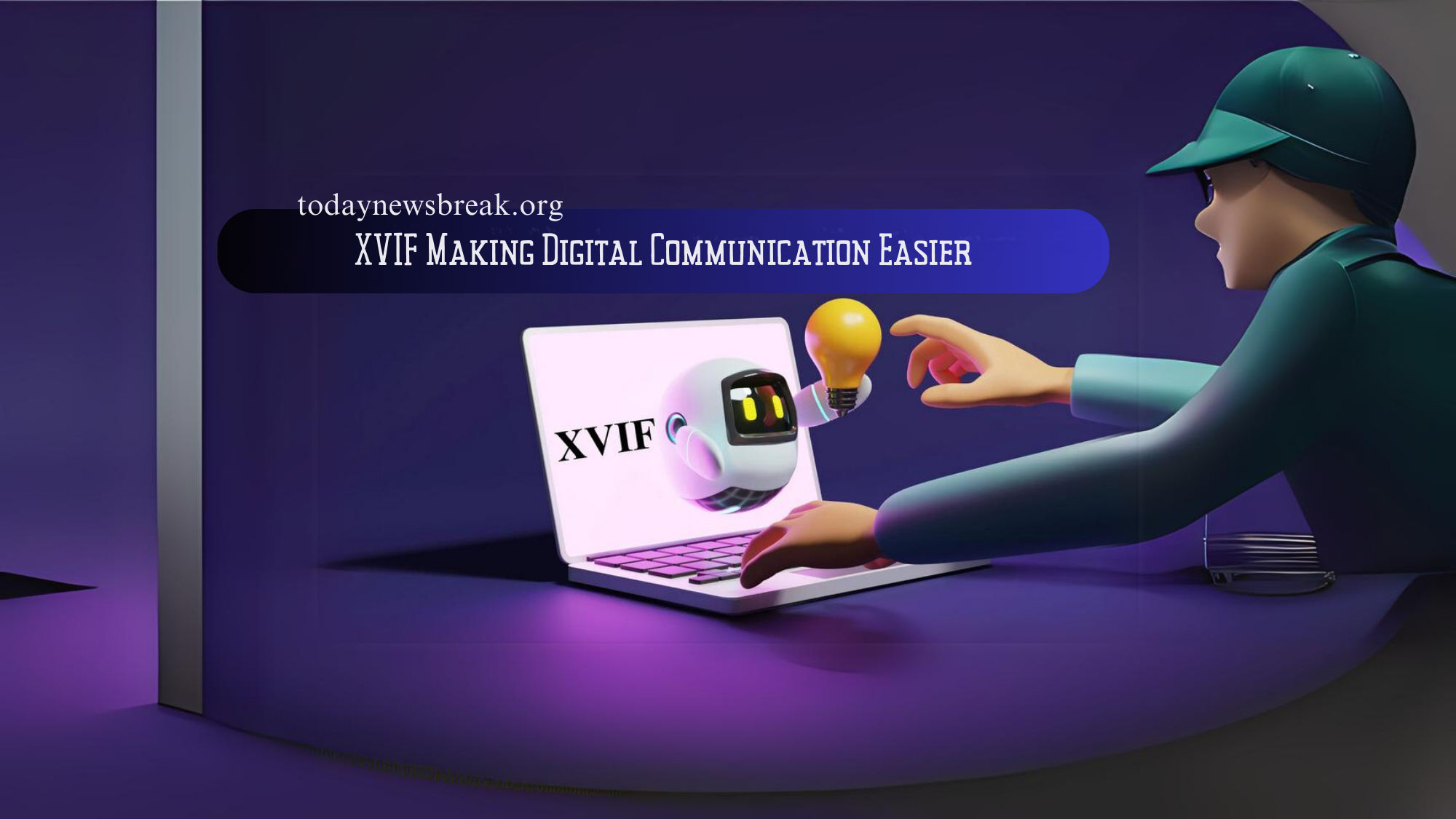XVIF Explained: Making Digital Communication Easier
In today’s technology-driven world, the demand for fluid digital interaction and robust connectivity is more critical than ever. Enter XVIF, the eXtended Virtual Interface Framework, which stands poised to transform how we communicate and connect. This article delves into the essence of XVIF, its origins, technical specifications, diverse applications, benefits, challenges, and what lies ahead.
Importance of Seamless Digital Interaction
- Enhanced User Experience: Seamless digital interactions reduce friction and improve overall user satisfaction.
- Increased Efficiency: Streamlined connectivity leads to faster and more efficient data exchange.
- Better Integration: Facilitates smoother integration between diverse digital systems.
Overview of XVIF
- Concept Introduction: XVIF is a framework designed to enhance digital connectivity.
- Technological Impact: Aims to redefine how digital interfaces interact and integrate.
Exploring the Revolutionary Concept of XVIF

Core Principles of XVIF
- Virtual Interface Extension: Expands traditional interfaces to support more sophisticated interactions.
- Enhanced Connectivity: Promotes greater integration across various platforms and devices.
Paradigm Shift in Digital Communication
- Breaking Silos: Moves away from isolated systems towards more interconnected solutions.
- Unified Communication: Ensures seamless data exchange and interaction across different digital environments.
Definition and Scope of XVIF
- What is XVIF?: A framework designed for optimizing data transmission and communication.
- Scope: Applicable across multiple digital platforms and technologies.
Key Features and Components
- Advanced Encryption: Secures data transmission through robust encryption methods.
- Data Compression: Enhances efficiency by compressing data during transfer.
- Interoperability Standards: Ensures compatibility across various systems and technologies.
Tracing the Origins
Historical Background
- Early Concepts: The initial idea of XVIF arose from the need for better digital connectivity.
- Development Journey: Evolved from a theoretical framework to a fully-fledged protocol.
Evolution from Concept to Protocol
- Initial Challenges: Overcame technical and conceptual hurdles.
- Current State: Now a widely recognized framework for digital interaction.
Technical Specifications
- Data Transmission: Details the methods and protocols for efficient data exchange.
- Encryption and Security: Outlines the encryption standards and security measures.
Key Components and Their Functions
- Encryption Modules: Protect sensitive information during transmission.
- Compression Algorithms: Reduce data size for faster processing and transfer.
- Interface Protocols: Facilitate seamless interaction between different systems.
Applications and Advantages
Industrial Integration
- Enhancing Operational Efficiency: Integrates various industrial systems for better performance.
- Case Studies and Examples: Demonstrates real-world applications and benefits in industrial settings.
Smart Home Automation
- Connecting Devices: Facilitates control over smart home devices from a unified platform.
- Examples of XVIF in Action: Showcases how XVIF enhances smart home automation and user convenience.
Benefits of XVIF
- Enhanced Data Security: Robust encryption and security measures safeguard data.
- Improved Efficiency: Streamlines data processing and communication, boosting overall efficiency.
- Greater Connectivity: Facilitates better integration and interaction between digital systems.
Challenges and Future Prospects Of XVIF

Compatibility Issues
- Integration with Existing Systems: Addressing challenges related to compatibility with current technologies.
- Solutions and Approaches: Strategies to overcome these issues and ensure smooth integration.
Security Concerns
- Potential Vulnerabilities: Identifying and mitigating security risks associated with XVIF.
- Enhanced Security Protocols: Implementing advanced security measures to protect data.
Solutions to Compatibility Problems
- System Upgrades: Updating existing systems to align with XVIF standards.
- Standardization: Promoting universal standards for better compatibility.
Enhancing Security Protocols
- Robust Encryption: Leveraging advanced encryption techniques to secure data.
- Continuous Monitoring: Regularly monitoring systems for potential vulnerabilities.
Technical Challenges
- Complex Integration: Navigating the technical complexities of integrating XVIF.
- Performance Optimization: Ensuring that XVIF systems perform efficiently.
Strategies for User Education and Adoption
- Training Programs: Educating users about XVIF benefits and functionalities.
- User-Friendly Interfaces: Developing intuitive interfaces to ease adoption.
Looking Ahead: Implementing XVIF
Implementation Strategies
- Planning and Execution: Developing detailed plans for XVIF integration.
- Stakeholder Engagement: Involving key stakeholders in the implementation process.
Integration into Business Operations
- Business Strategies: Crafting strategies for effectively incorporating XVIF into business operations.
- Compliance and Requirements: Ensuring adherence to security and technical requirements.
Comprehensive Strategies
- Development Plans: Creating detailed strategies for XVIF adoption.
- Engagement and Training: Involving stakeholders and training users for successful integration.
Security Compliance
- Adhering to Standards: Following industry standards for security compliance.
- Risk Management: Implementing risk management practices to safeguard data.
Technical Requirements
- System Compatibility: Ensuring XVIF systems are compatible with existing technologies.
- Performance Metrics: Monitoring and optimizing system performance.
Case Studies in Various Industries
- Manufacturing: Examples of XVIF improving efficiency in manufacturing environments.
- Smart Homes: Illustrations of XVIF enhancing smart home systems.
Analysis of Benefits Observed
- Efficiency Gains: Quantifying improvements in operational efficiency and connectivity.
- User Satisfaction: Measuring user satisfaction and convenience improvements.
Conclusion
In summary, XVIF represents a significant leap forward in digital communication and connectivity. By adopting XVIF, businesses and individuals can unlock new levels of innovation, efficiency, and growth. As technology continues to evolve, XVIF will play a pivotal role in shaping the future of digital interaction and connectivity.
FAQs About XVIF
What does XVIF stand for?
XVIF stands for eXtended Virtual Interface Framework. It is designed to optimize data transmission and communication across digital interfaces.
Is XVIF compatible with all digital platforms?
XVIF is engineered to be versatile and adaptable, making it compatible with a wide range of digital platforms.
How does XVIF enhance data security?
XVIF enhances data security through advanced encryption protocols and secure transmission methods, ensuring sensitive information remains protected.
Can XVIF improve website ranking on search engines?
While XVIF itself does







